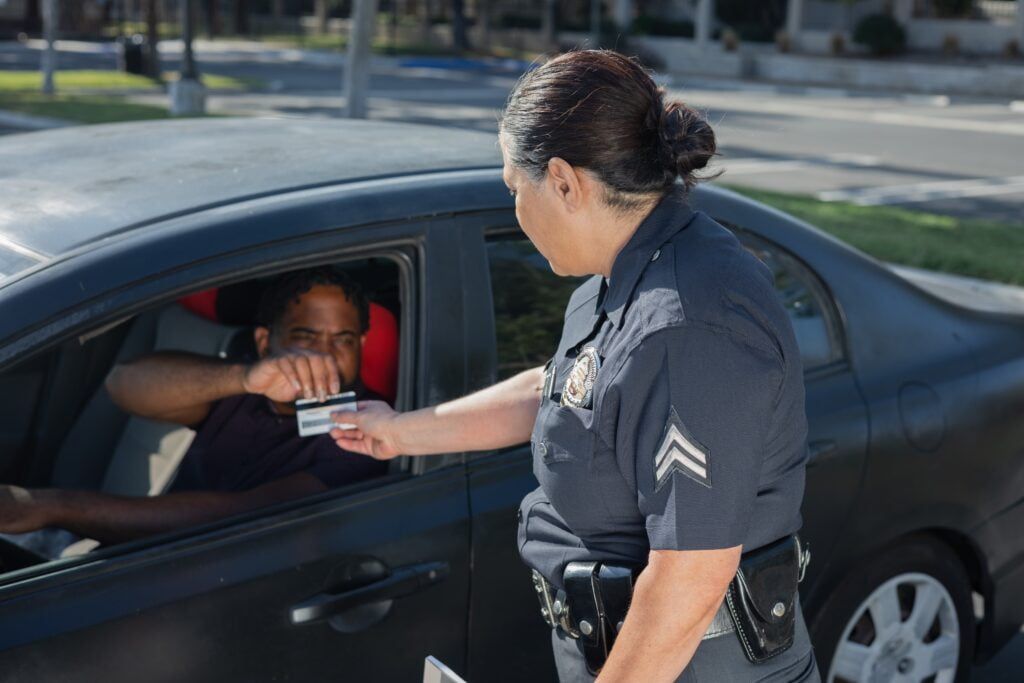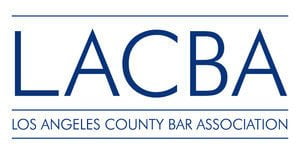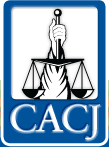
driving without license 12500(a)vc san pedro attorney don hammond
California Vehicle Code section 12500(a) applies mainly to persons who operate a motor vehicle, but who have never been granted a valid California driver’s license, or who are driving on an expired license.
Unlike most offenses, under 12500(a), the prosecution does not carry the burden of proof. Instead, the prosecution must merely allege that the defendant was unlicensed at the time they were driving. The burden then shifts to the defendant to prove they did, in fact, actually have a valid driver’s license.
Driving without a license in California is governed by California Vehicle Code 12500(a) VC.
This section of the vehicle code applies mainly to persons found operating a motor vehicle, but who have never been granted a valid California driver’s license, or who are driving with an expired driver’s license. An individual who is stopped while driving with a suspended or revoked driver’s license will typically be charged with a violation of 14601 VC, which is a more serious offense.
If an individual does actually have a valid driver’s license but simply forgot to carry it on their person while driving, they can be ticketed for violating 12951 VC, failing to produce a driver’s license. But this is a “fix it” ticket, which means that as long as the person appears in court and shows their valid license, the citation will likely be dismissed.
Elements of the crime of driving without a license
A driving without a license conviction under 12500(a) VC means the defendant has been found guilty of driving on a street, highway, freeway, or other public roadway, even though they do not possess a valid driver’s license at the time.
Unlike most offenses, under 12500(a), the prosecution does not carry the burden of proof. Instead, the prosecution must merely allege that the defendant was unlicensed at the time they were driving. The burden then shifts to the defendant to prove they did, in fact, actually have a valid driver’s license. The reasoning for this exception to normal legal procedure is that it is much more efficient for the defendant to prove they had a license, rather than requiring the prosecution to prove a negative.
Licenses issued by other states
Under this law, valid does not exclusively mean a California driver’s license. A driver’s license which is valid in the state in which the defendant lives and covers the specific type of vehicle the individual is driving, is a valid driver’s license for the purposes of this law. However, according to California law, anyone who establishes residency in the state and who wishes to drive must apply for and receive a California driver’s license within 10 days of becoming a resident. Failure to do so is, in effect, driving without a license, and is a violation of 12500(a) VC.
Criminal penalties
A violation of 12500(a) VC can be charged as an infraction or a misdemeanor, with the only difference being the amount of the fine. The decision of whether to charge a violator with an infraction or a misdemeanor is based upon the totality of the circumstances and the defendant’s prior criminal history, if any. First offenses are generally charged as infractions.
A conviction for a driving without a license infraction is punishable by a fine of up to $250, but out-of-pocket costs can total $1,000 or more after penalties and assessments, so hiring a defense attorney can be advisable in some situations.
A misdemeanor conviction is punishable by any or all of:
- Up to six months in jail.
- A fine of up to $1,000.
- Probation.
- Vehicle impoundment for 30 days; but this penalty is typically reserved for those with previous convictions under this or other sections of the vehicle code.
In some cases, a misdemeanor charge can be reduced to an infraction or even dismissed if the defendant obtains a valid license. A common defense strategy is to postpone the court appearance until the defendant obtains a license to take to court.









